This project is very easy if followed step-by-step. The project is very simple, as we build the particle application to read humidity and temperature from a DHT22 sensor that we have on the breadboard. We also have the ability to turn on/off two LEDs on the breadboard when communicating with Alexa.
To start off the project, lets get the Particle code out of the way.
Particle Photon Code
- To enable the Particle end of the code, make an account on https://www.particle.io/.
- Drag and drop the files from github in the firmware folder (ALL THREE)
- Connect your Particle Photon to wifi and go through the steps of linking it to your account. ( You will need to download the app on your phone)
- Once the Photon is linked to your account, flash the code to Photon from the build page. (LED on Photon should glow magneta)
-
We will have to create an Amazon Alexa Skill set so that we can interact with Amazon Alexa. For example:
Person: "Alexa, open particle." Alexa: "Connected to Particle. You can..."
When we make a Alexa Skill Set we need both an Intent Schema ( defines what actions to do for our voice input) and sample utterance ( all the voice inputs we say and the responses from Alexa). Both of these files can be found in the github link under ASK/speechAssests.
Installation of Alexa Skill Sets.
AWS Lambda Setup
- Go to the AWS Console and click on the Lambda link.
- Click on the Create a Lambda Function
- Name the Lambda Function "Photon".
- Go to the the src directory in the github link, select all files and then create a zip file, ( GO INTO THE FOLDER AND INDIVIDUALLY SELECT THE FILES)
- Upload the .zip file to the Lambda
- Keep the Handler as index.handler (this refers to the main js file in the zip).
- Create a basic execution role and click create.
- Return to the main Lambda page, and click on "Actions" -> "Add Event Source"
- Choose Alexa Skills Kit and click submit.
- Click on your Lambda function name and copy the ARN to be used later in the Alexa Skill Setup
Alexa Skill Setup
- Go to the Alexa Console (https://developer.amazon.com/edw/home.html) and click Add a New Skill.
- Set "Particle" as the skill name and "particle" as the invocation name, this is what is used to activate your skill. For example you would say: "Alexa, tell Particle to turn on red light"
- Select the Lambda ARN for the skill Endpoint and paste the ARN copied from above. Click Next.
- Copy the Intent Schema from the included IntentSchema.json. (github)
- Copy the Sample Utterances from the included SampleUtterances.txt. Click Next. (github)
- You are now able to start testing your sample skill! You should be able to go to the Echo webpage (http://echo.amazon.com/#skills) and enable your skill.
- In order to test it, try to say some of the Sample Utterances from the Examples section below. (DOES NOT NEED TO BE PUBLISHED)
Before moving on, link your Amazon Alexa to the wifi using their mobile app also. (Both the Photon and Alexa should be on the same wifi network).
COMMUNICATING ON CLOUD
Now to get Alexa and Photon to actually communicate with each other, there is some info that must be changed in the .zip files that were uploaded.
- Find the src directory downloaded from git and open the index.js file in Particle build.
- Now there are some key things that must be updated for particle to communicate with AWS Lambda.
* App ID for the skill
*/
var APP_ID = "amzn1.echo-sdk-ams.app.c4cbe4a8-2f9c-4386-a274-0a595b7b3c54"; //replace with "amzn1.echo-sdk-ams.app.c4cbe4a8-2f9c-4386-a274-0a595b7b3c54";
null
Where it says var APP_ID, you should update your APP ID link. By going to this link https://developer.amazon.com/edw/home.html#/skills/list and clicking "edit" on your particle skill, you will see the APP ID link.
- Then on line 62-64, you need to upload some of the Particle info. so AWS Lambda can communicate with Particle device.
// Replace these with action device id and access token
var deviceid = "440035001247353138383138";
var accessToken = "afcea4ef5081dc8b9063e0b979cd7fe5c0884973";
null
- The Particle Device ID can be found on your dashboard on Particle.io
- Getting the access token is a bit harder. Use this link to find your access token; https://docs.particle.io/reference/api/
- Once you update the index.js file with this information, you must compress both the index.js file and the other file in the src directory and then upload then back onto AWS Lambda.
Breadboard Pics



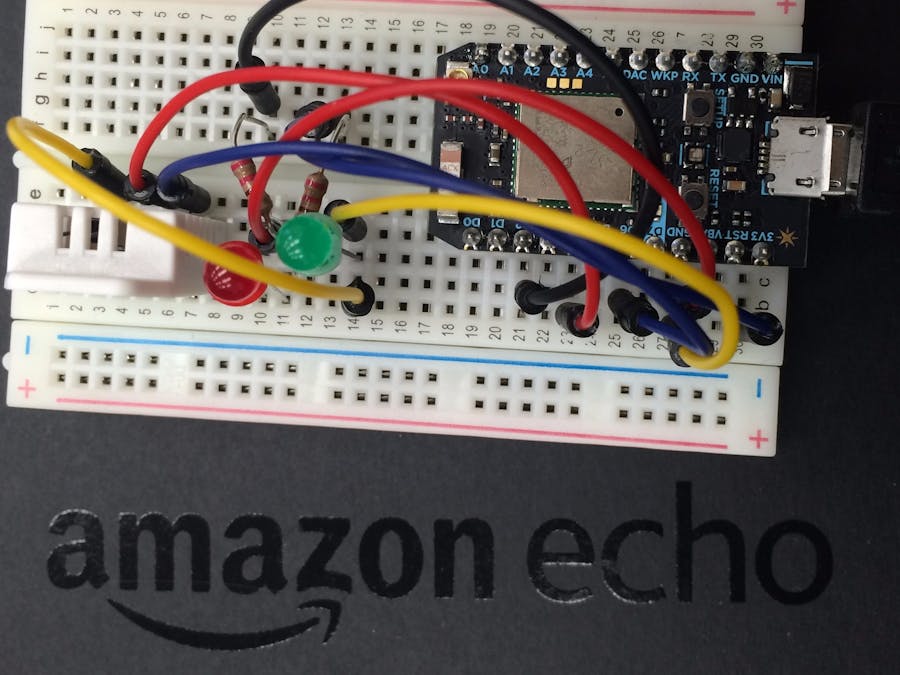








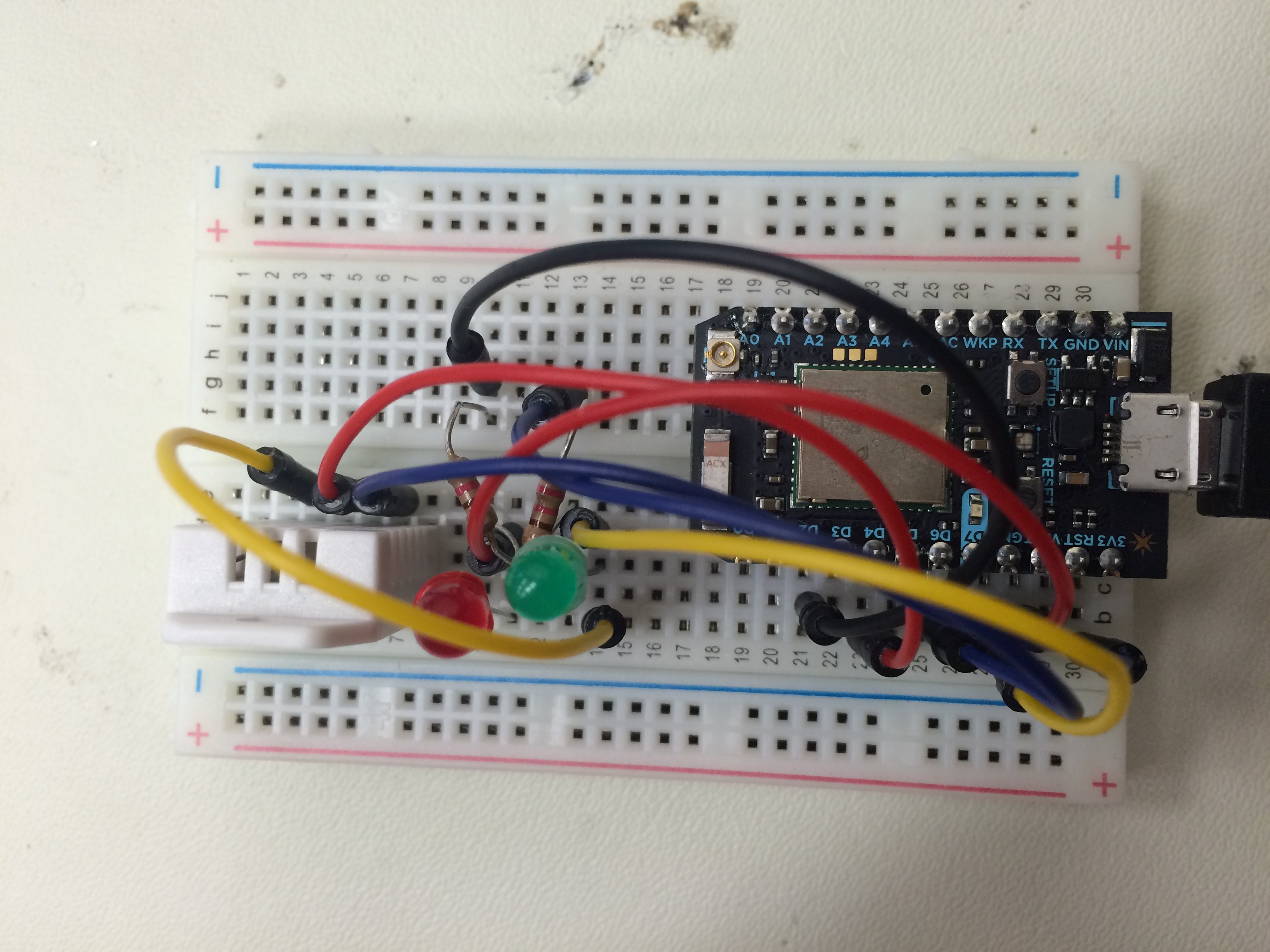
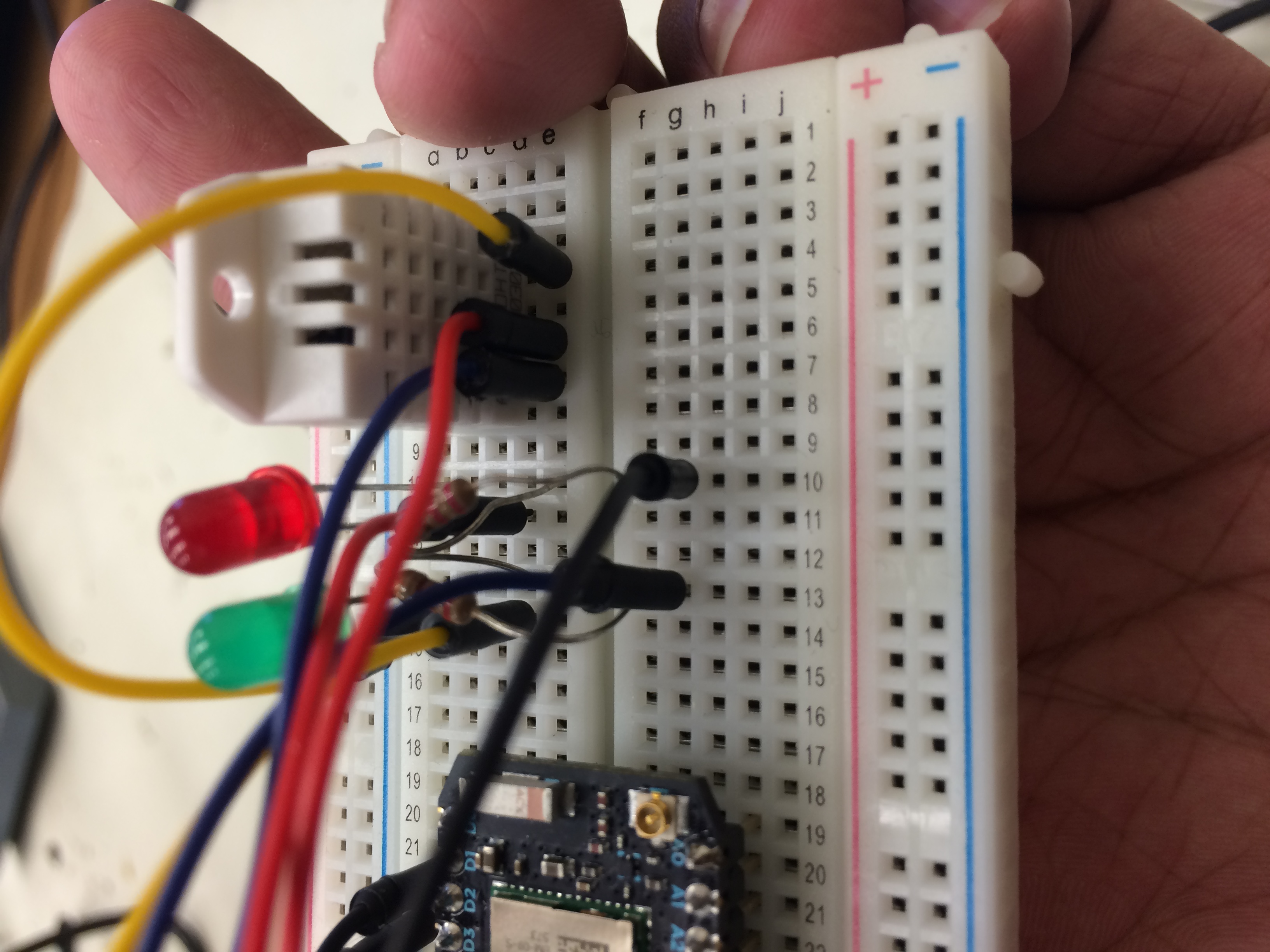
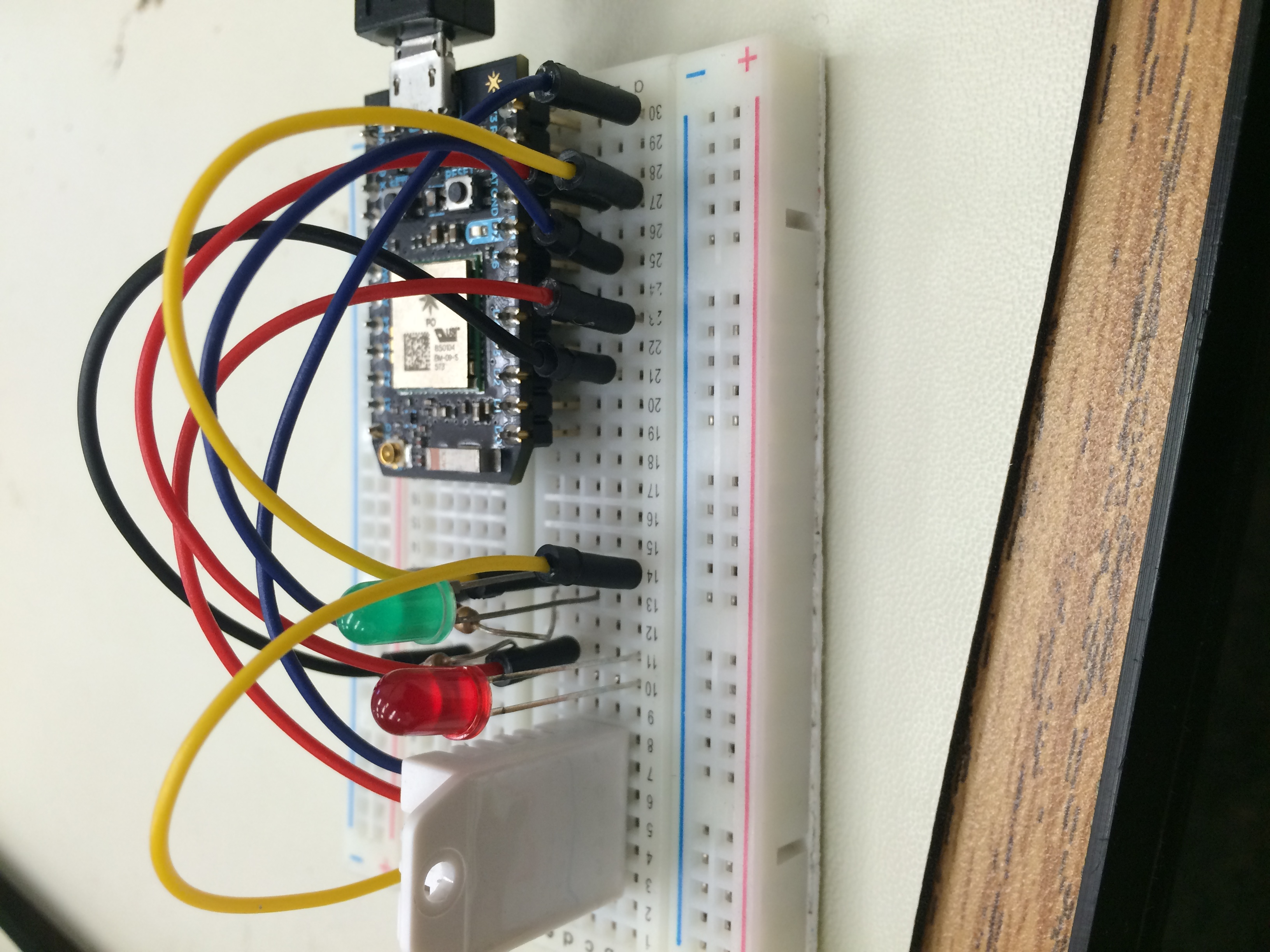

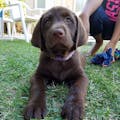
Comments
Please log in or sign up to comment.